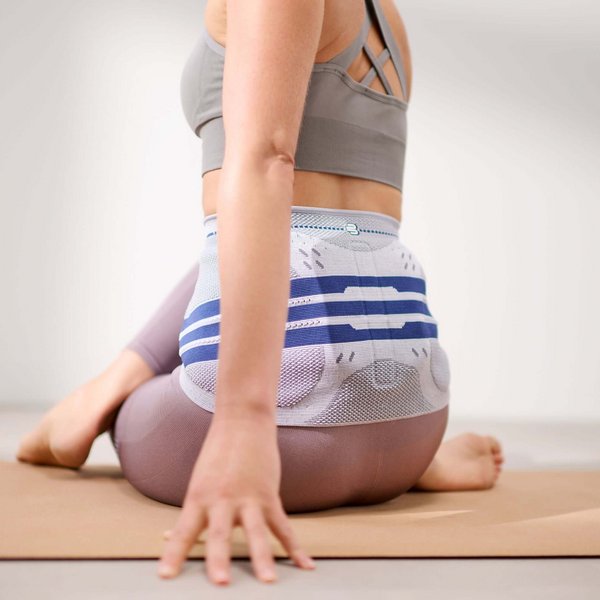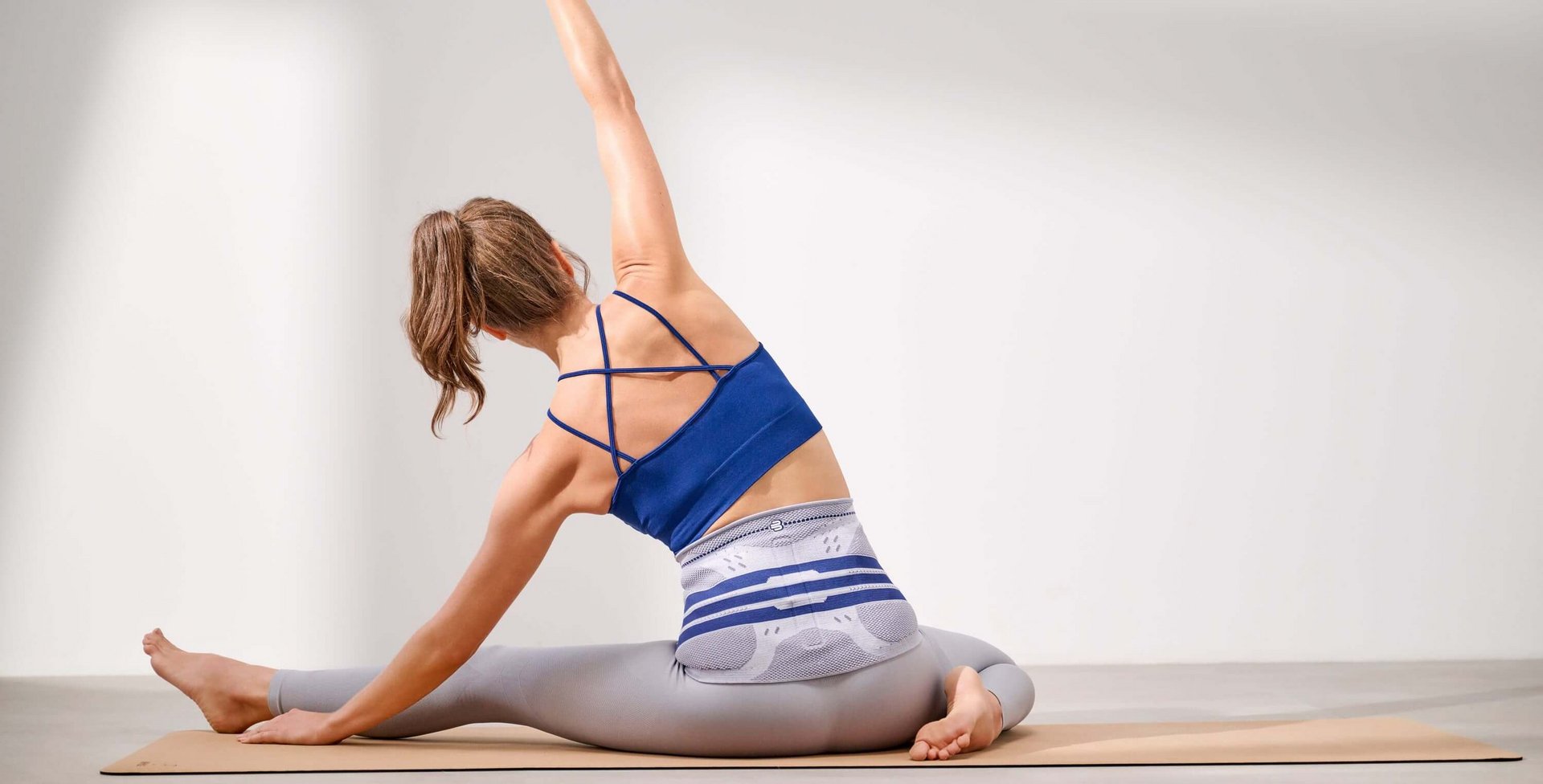
Exercise Therapy
Exercise in cases of back pain
Back pain can be paradoxical: if you’re not active enough, your back will suffer, and if your back hurts, you can sometimes barely move. Or you subjected your body to excessive strain and would rather take a break for a while. Plus, many people wonder what the rule is for back pain: exercise or rest? The answer is clear: exercise is usually unavoidable.
Which exercise is right for you will mainly be determined by your individual problems and your current everyday movement behavior. Your body may be subjected to a lot of strain at work. Or you’re a couch potato who doesn’t fancy exercise. Perhaps you suffer from previous conditions that need to be borne in mind, or serious pain has been significantly restricting you for a while so that exercise isn’t even an option for now.
It’s therefore crucial that you discuss with your physician which type of exercise will help you and complement your current treatment. You mustn’t get discouraged either but address exercise and back pain together with your physician.

“Exercise Therapy” is one of five modules of Bauerfeind’s back therapy. If you want to find out more about comprehensive back therapy and the other modules, you can find all the information here:
View Bauerfeind’s back therapy
The main thing is: stay active!
Susanne Gramatté agrees. The Specialist in Orthopedics and Chirotherapy has been treating patients with back pain for more than ten years. She believes that one of the reasons why more and more people suffer from back pain is the change in the extent of our activity: “We are less active, we move differently, we sit differently. We have created so many comforts and conveniences that our muscles haven’t got anything to do anymore.”
For her work as a therapist, this means getting patients active again. The important thing is to have realistic goals. “Many of my patients have been incredibly inactive over the past years,” Susanne Gramatté says. The Specialist emphasizes that even small things count: stretching in the morning, cycling instead of taking the car, minor exercises, such as bouncing and stretching in between – Susanne Gramatté recommends integrating as much activity into everyday life as possible. Ideally in a way that these behavioral patterns become as natural as eating and brushing our teeth. “It’s crucial to enjoy activity again,” explains Susanne Gramatté. This activity must always be adapted to the pain. “My patients need to experiment to find out what is possible.”

Exercise that is gentle on the back
If you’re more of a jock, exercise is an integral part of your day. But not all types of sport are the same: In cases of back pain, Susanne Gramatté recommends sports that are gentle on the back, such as swimming, cycling, aqua aerobics, or walking. Yoga, Pilates for strengthening the abdominal muscles, balance training for the deep-lying torso muscles, and core training are also some of her favorites.
Some sports, however, can put excessive strain on your back. This is the case with riding a motorbike, horse back riding, or rowing, for example. But don’t let that spoil your enjoyment of these activities. Just be aware that they really make demands on your back. You can counteract excessive strain by taking sufficient breaks or doing exercises to compensate.

Targeted training
In addition to everyday activities and exercises that are gentle on your back, professional back training is absolutely recommended to combat back pain effectively and remain pain-free in the long term. This applies both to athletes and couch potatoes. You may have already seen a physical therapist who gave you some instructions. In order to alleviate back pain and keep your back free from pain long-term, one training session usually won’t be enough.
As with exercise in general, the following also applies to back training: results come from regularly performing the training. The good thing is that you don’t have to go to physiotherapy or the gym every week.
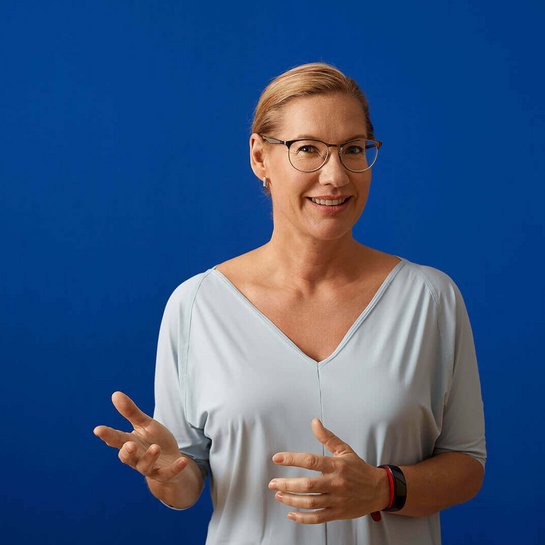
There are so many ways of working out at home.
Susanne Gramatté
Specialist in Orthopedics, Chiropractor, Pain Therapist
Training like a pro – even at home
So you don’t have to make do without professional training at home, the Bauerfeind Training App is available. It was developed in cooperation with physicians and physical therapists and offers comprehensive exercises for your back. You can configure the program to precisely suit your needs – depending on your symptoms and training level. Of course, you can keep adjusting your training plan to ensure ideal progression.
The training program covers various measures: in addition to strength training and specific exercises, work on posture and coordination, as well as stretches and relaxation techniques are included in the app. This provides you with comprehensive training that will strengthen your back and keep it healthy in the long run.
Start your training!
Stand up for your back: get the free Bauerfeind Training App* and start your individual training program.
*If you’re already being treated, please consult the staff helping with your therapy on the use of our Training App.
Starting safely
If you suffer from severe pain, your muscles aren’t very strong, or you don’t feel safe for other reasons, you can get additional support for your back. For Susanne Gramatté, supports and orthoses play an important part in treating back pain – especially for chronic pain patients who cannot start exercising straight away. “I’ve noticed that supports and orthoses provide my patients with confidence, and they are able to return to exercise more quickly.” When they were wearing supports, her patients also moved more freely rather than adopting a posture to help relieve pain.
When asked about the worry that wearing a support atrophies the muscles, Susanne Gramatté explains: “Today’s supports don’t paralyze the muscles, on the contrary: they activate the muscles and stimulate circulation.” “The LumboTrain®, for example, features a pad in the area of the back that exerts a mild massage effect. This provides the muscles with additional relaxation, and patients find the experience very soothing.”
Susanne Gramatté recommends to her patients that they should regard their support or orthosis as a helpful aid and wear it whenever they need it. “You don’t wear your glasses at night when you’re sleeping. So you only need your support during activities that are associated with pain, when you want additional stability.” Furthermore, the use of a support or orthosis should be discussed with the treating physician, even when it’s for preventive use. With this additional stability, patients suddenly dare to do more. “They regain quality of life. For me, the use of supports is indispensable in conservative treatment.”
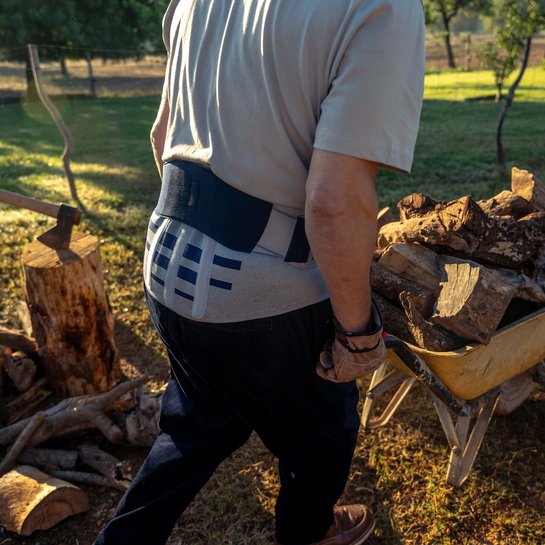
72% say that their back support or back orthosis has much or very much contributed to their mobility.”
*Source: Results from the representative survey conducted by the Allensbach Institute for Public Opinion Research on behalf of eurocom e.V.
Results from the representative survey conducted by the Allensbach Institute for Public Opinion Research on behalf of eurocom e.V.: Link

Get a prescription for support!
Speak to your physician about multimodal back therapy and discuss which support or orthosis as well as which modules are suitable for you. So you can prepare effectively for this talk, we’ve compiled a checklist for you. Therefore: get your prescription, buy a support or orthosis, and start your training!
Bauerfeind supports and orthoses
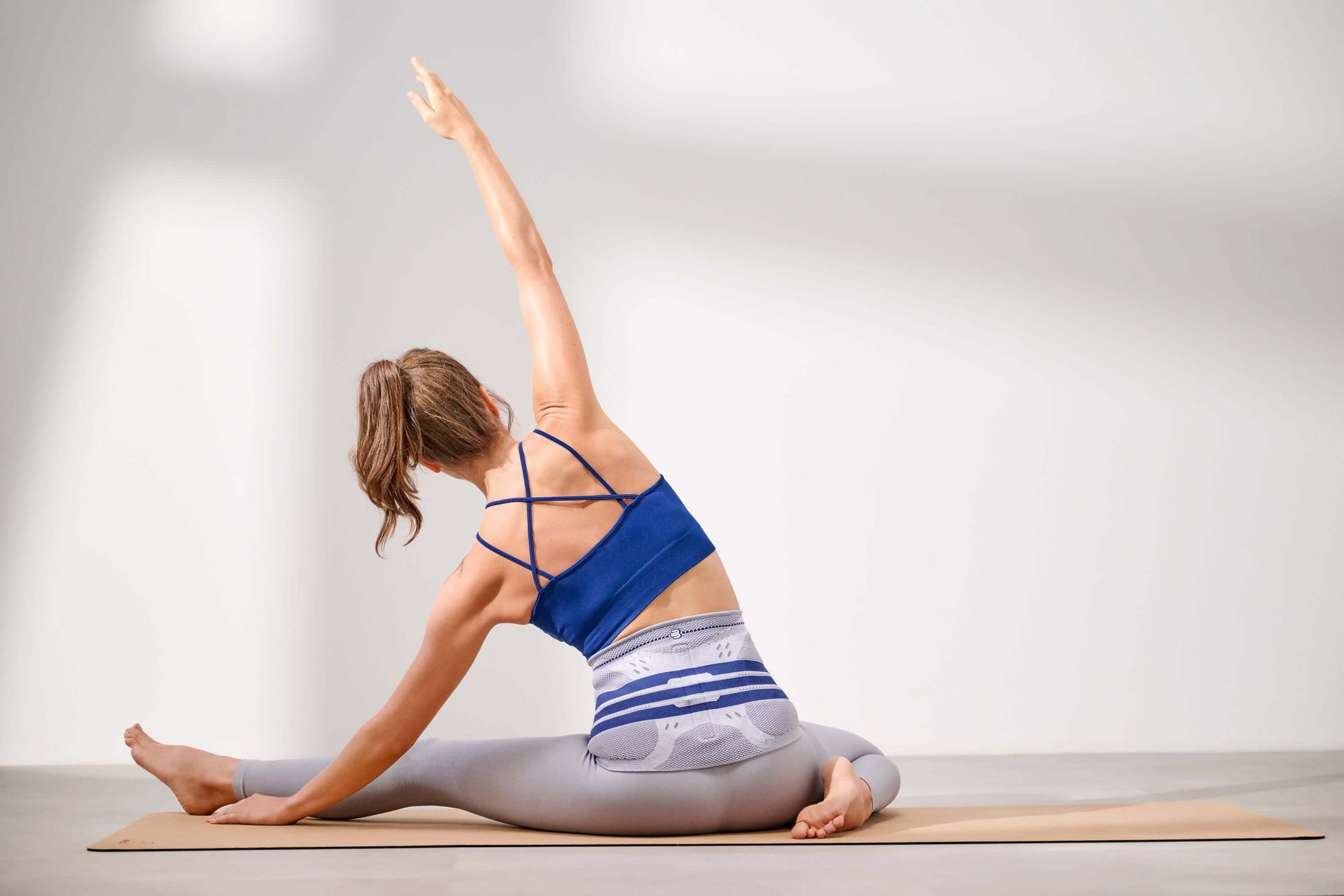
Would you like to know more about our back supports and orthoses as well as their effectiveness? Find out here what’s special about them and how they can alleviate your problems.
Discover back support and ortheses now
*This online advice gives an initial insight into this area of expertise, and suggests selected medical diagnosis and treatment options. Even though the details are scientifically substantiated, we do not claim that all information is complete or that all schools of thought are represented. All contents, in particular those about diagnostics and treatment options (texts, images, graphs, etc.), are understood as non-binding support for the treatment that must be chosen by a physician or specialist. This online advice is no substitute for the necessary personal medical history and its overall assessment by a physician / a professionally trained and qualified specialist, considering ongoing treatment, if applicable.
Die Bauerfeind Rückentherapie
There’s more you can do for your back. In cases of back pain, comprehensive treatment that combines several established measures promises most success – such as Bauerfeind’s back therapy. Find out more about the individual elements and stand up for your back!

